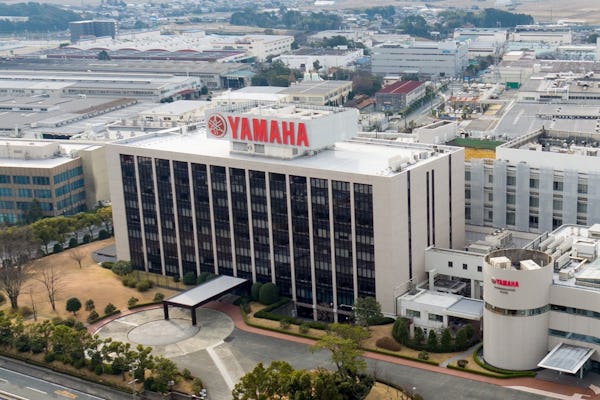kmccune
Well-Known Member
i tried my best to get a TDZ( it was apparently lost or stolen en route) the thing is when my expectations were tempered the hub drives worked fine, the thing is I pedal in low assist and the lower assistance helps me keep a reasonable cadence, plus the ability to go higher when I am about to stall. Yes I could get by with an Acoustic bike on the paved level, the trouble is around here it is anything but, EBikes got Me back in the saddle and EBikes will see me home.I built a good hybrid bike in the garage with a 750w rear hub drive and rode it 1000 miles. It was great fun, worked superbly and climbed hills without any issues.
But I wanted to experience a hub drive. So, I took all of the hub drive stuff off (except the 48v 13ah battery) and replaced it with a Bafang BBSHD mid-drive kit.
I have a bit less than 200 miles now on the mid-drive and I can definitely say... they are both very good. I'm not at all sure which I prefer. I like the display better on the Bafang. But other than that?
The rear hub drive is more torquey and picks up from a dead stop much better. But the mid-drive is faster overall once it gets up to speed.
Both use the gears about the same. Both climb hills, but the hub drive did so a bit quicker/easier.
When I bought the Bafang mid-drive kit ($700 without a battery) I thought I'd sell the rear hub-drive wheel and parts (original cost $800 WITH a battery). But now, I'm thinking I may not want to. I may decide to reinstall it some day.
YMMV
Looked at an "Aventon Adventure" in the semi-local bike shop the other day and the dumpster is calling for my sorry builds,I abandoned one this morning and still try to finish the "Huffy" cruiser( found out the hard way higher-end bikes convert easier.
